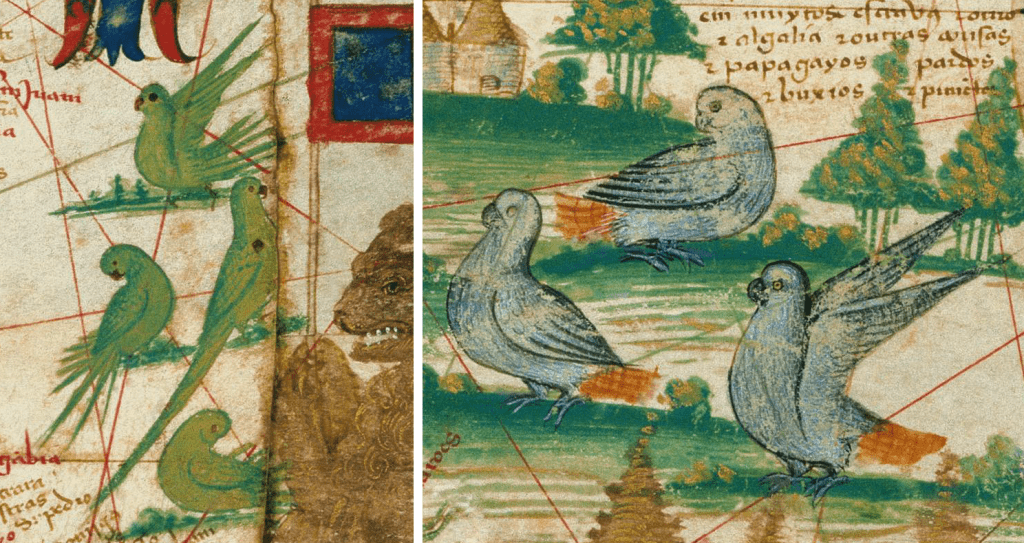Figure 5.5. Parrots Signify Africa on Carta del Cantino
Details from Carta del Cantino, 1502, Estensi Digital Library, Biblioteca Estense Universitaria, Modena with permission pending from the Ministry of Cultural Heritage and Activities, Italy.
On Carta del Cantino, the green parrots painted over West Africa can be identified as the Senegal parrot (Poicephalus senegalus), found in Mauritania, Senegal, and Guinea, while the gray parrots with red tails painted in West Central Africa can be identified as the African gray parrot (Psittacus erithacus), found south of the Ivory Coast and into the Congo region. Ships returning from Africa brought parrots, and these parrots were some of the first animals circulating in the Atlantic World. The four Senegal parrots with predominantly green plumage opposite the place on the map labeled “Canaga” (Senegal) are not as large as the scarlet macaws in Brazil, nor are they shown in a painted landscape (above, left). The chartmaker had less “room” on the chart, and the space just inside the West African coastline was needed for the toponyms, leaving less room for illuminations. The four African grays with red tails placed farther south, inland from the Bight of Benin, are larger than the Senegal parrots and are, like the scarlet macaws in Brazil, depicted alongside trees and fields (above, right). There is more room in the African interior to depict the African landscape. Greater familiarity with Africa allowed the chartmaker to suggest villages, which appear as round huts with thatched conical roofs.
